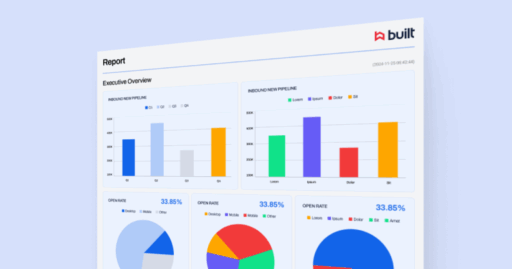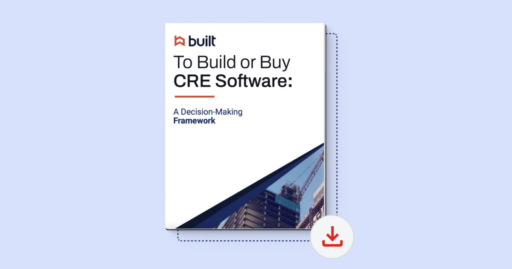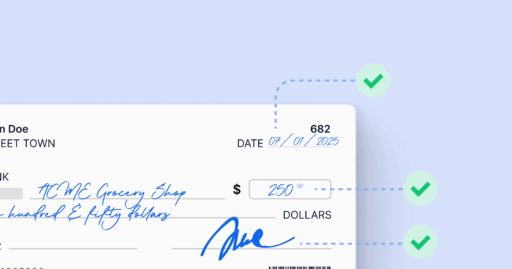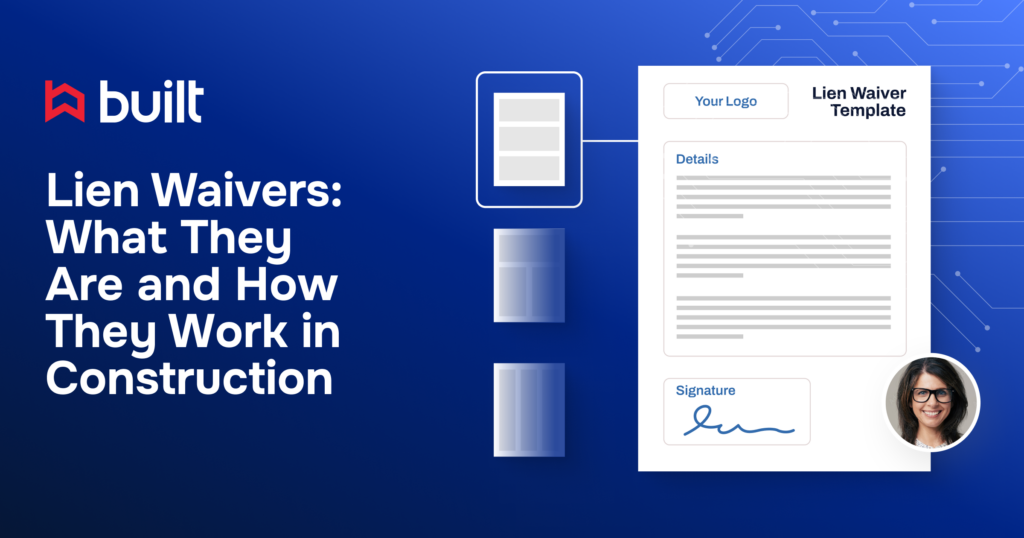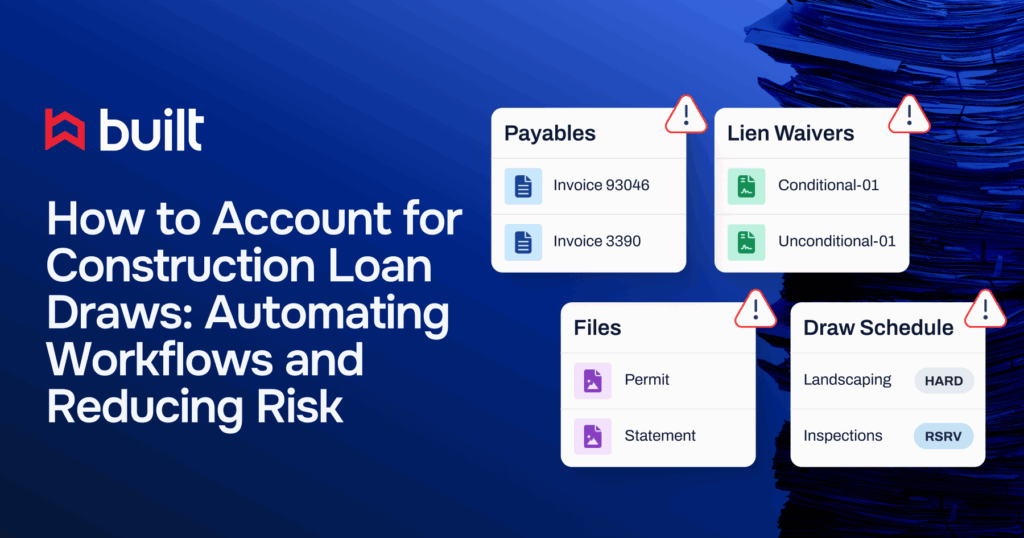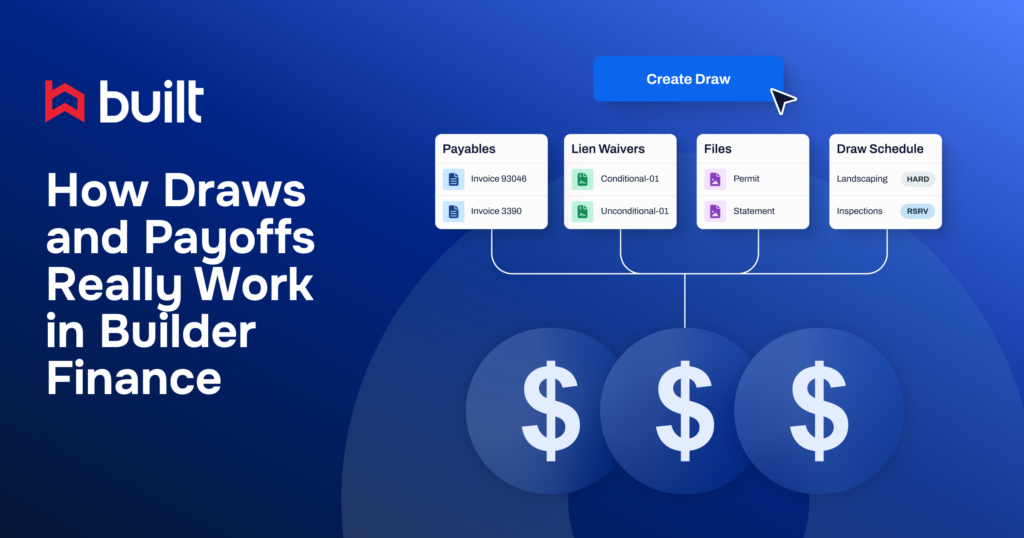
How Are Lien Waivers and Payment Connected in the Construction Industry?

Lien waivers and payment often go hand in hand in the construction industry, and it’s for good reason. Construction can be a wildly litigious industry. There are news stories about legal disputes on major projects every day. Many of these disputes involve payments, with project participants claiming they haven’t received payment for their work, bringing entire projects to a screeching halt.
It’s true; project-crippling disputes are always a possibility. However, there are mechanisms within the construction industry that aim to minimize disputes and keep everyone on an even playing field. One of those mechanisms is the invaluable lien waiver.
What is the relationship between lien waivers and payment?
There is a direct relationship between lien waivers (when they’re used) and payments. Any project stakeholder making downstream payments to vendors or suppliers collects lien waivers, ensuring they’re able to make payments confidently. These stakeholders could include owners, high-tier contractors, or certain subcontractors.
When a contractor or subcontractor signs a lien waiver, they’re giving up their right to file a lien against the denoted amount of money. For example, consider a subcontractor with a $160,000 contract, and they just applied for their first progress payment of $40,000. If they sign a lien waiver, they’ll be giving up the right to file a lien for that $40,000, while still retaining rights to the other $120,000.
In the case of the owner or primary contractor, lien waivers provide confidence. When they collect a lien waiver in exchange for payment, they prevent subcontractors from filing a lien or claiming they’re owed more money.
How signing a lien waiver affects payments
Lien waivers minimize risk for upper-tier project personnel. It might almost seem counterintuitive for subcontractors to sign these documents, so why would they? What are the benefits to the project participants who are owed money?
Owners and contractors who employ lien waivers expect one for every payment application they receive. If everyone on the project supplies a lien waiver, they’re able to quickly send project management personnel to verify the progress of the project and issue payments accordingly. With those waivers collected, they can confidently issue the amount of money for payments.
This confidence in the payment process typically results in faster payments for everyone on the project. To help facilitate this process and make getting paid even faster, most subcontractors learn to submit their own lien waivers with their payment applications rather than waiting for the general contractor to request or send one. Teams can also consider a lien waiver management system to keep track of all related documents in one secure place.
Consider a lien waiver management system to keep track of all related documents in one secure place
Should I sign a lien waiver before payment?
Deciding whether to sign a lien waiver before payment comes down to the different types of lien waivers: conditional and unconditional.
- With a conditional lien waiver, the subcontractor can include language that states they’ll give up lien rights upon payment. If the subcontractor signs a conditional lien waiver and doesn’t receive payment, they still have lien rights against the amount.
- A signed unconditional lien waiver immediately gives up lien rights to the owed amount, regardless of the circumstances. In this case, if the subcontractor signs the lien waiver before getting paid and never receives payment, they don’t have the right to file a lien against the property.
Conditional lien waivers are the only type of lien waivers that subcontractors should sign before payment. Collecting a conditional lien waiver with invoice submission allows the payor to work through the payment process more efficiently.
Modern digital payment and lien waiver solutions can replace the need for conditional lien waivers because payments and unconditional lien waivers can be exchanged simultaneously.
What if I don’t sign a lien waiver?
If a subcontractor doesn’t sign a lien waiver when the project owner requires it, they do retain their right to file a lien. As a result, the owner may refuse to issue payment, and the subcontractor may then have to foreclose on the lien in order to recover their payment.
This tactic will only prolong the payment process for the subcontractor. The subcontractor won’t take control of the property when they foreclose on the lien. They also won’t receive more money than they’re owed. Once the property sells, the subcontractor will receive just the money owed to them. Even then, that only happens if there is money left after the government collects taxes and the bank’s lien is paid. If a lien does get filed, you can eventually remove it from the public record with a lien release.
Unless there are unique circumstances that the subcontractor is aware of, it’s usually better to simply sign the conditional waiver.
Lien waivers work in both directions
The construction industry is constantly working with large amounts of money, and everyone should be protecting their best interest. The relationship between lien waivers and payment has these interests at heart. Lien waivers, when handled correctly, help minimize risk and shorten the timeline to getting paid for everyone involved.
